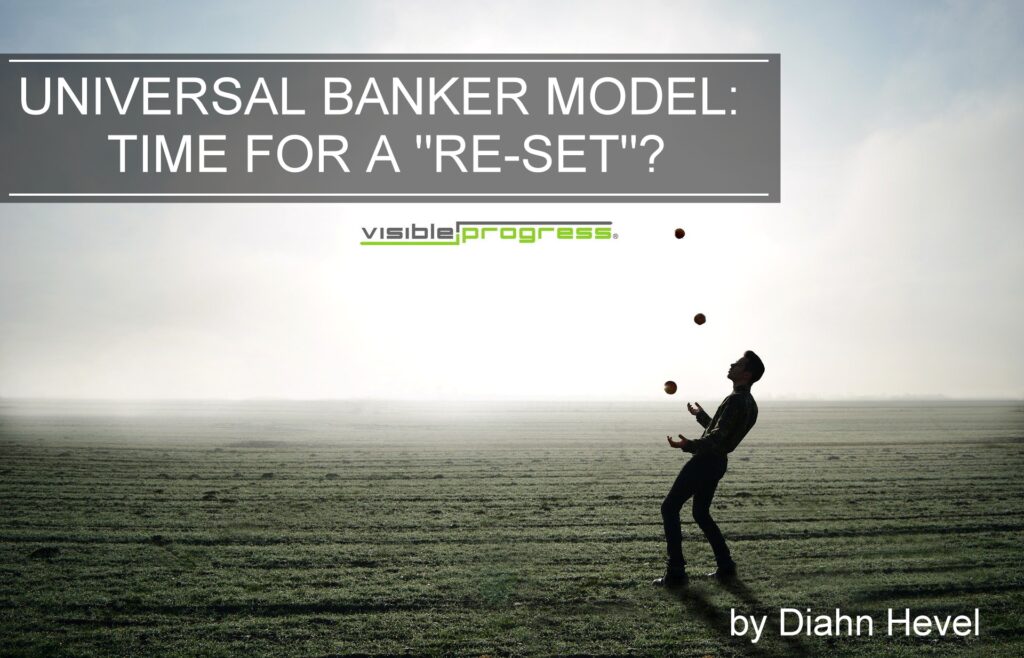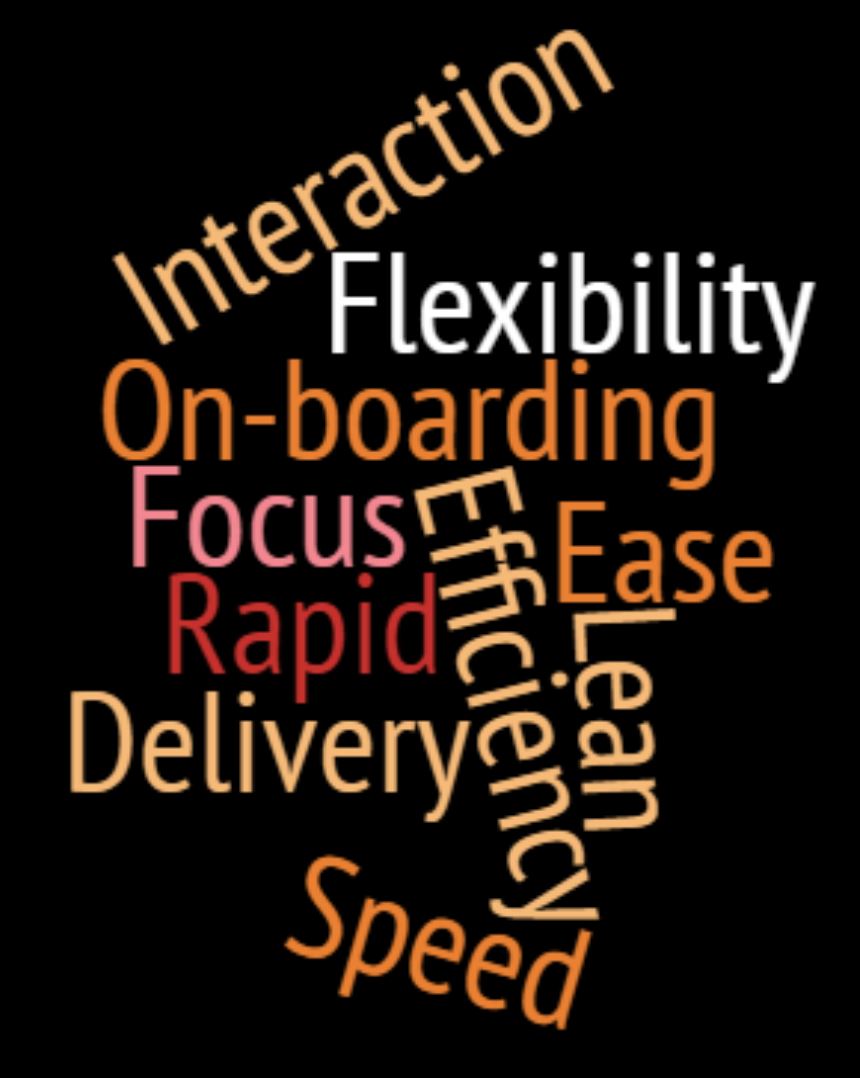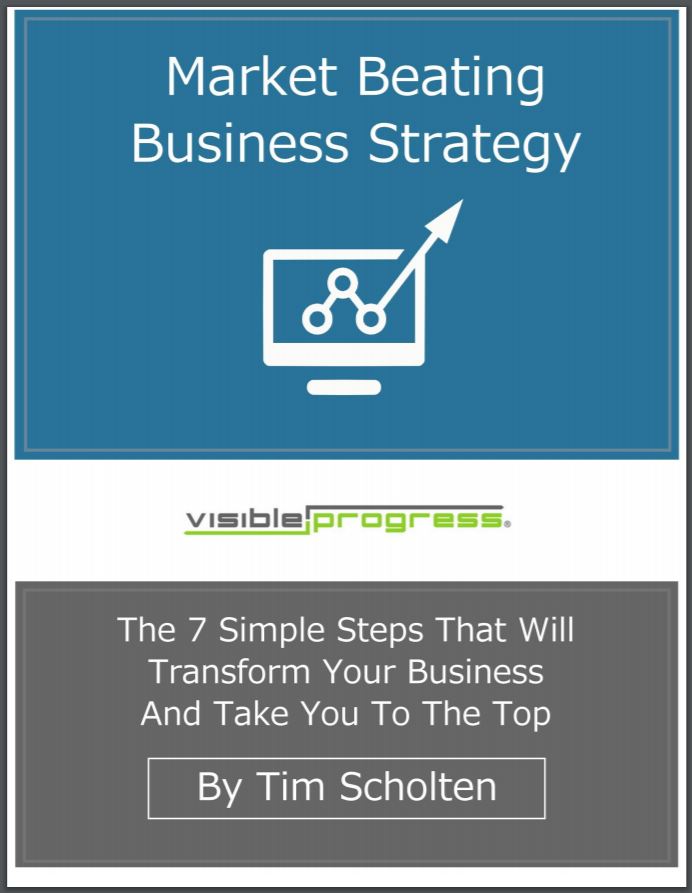 Pre-Covid, many community and regional banks had already transitioned (or attempted) to the Universal Banker (UB) delivery model in their branches. The realization (or not) of declared objectives and/or value from these change initiatives has been questionable.
Pre-Covid, many community and regional banks had already transitioned (or attempted) to the Universal Banker (UB) delivery model in their branches. The realization (or not) of declared objectives and/or value from these change initiatives has been questionable.
According to a Peak Performance Consulting Group study, in 2018 only 52% of all branches in the banking industry were achieving acceptable levels of profitability. And 28% were below breakeven, with most of the remainder at least contributing to overhead, even if they are not achieving acceptable ROI.
The problem was clear: too many branches, with too few customers, were not growing at a sufficient rate to ever achieve break even, let alone the desired ROI.
Couple this with the steady decline in branch transaction activity (5-7% decline per year on average), and many banks understandably focused their UB transitions solely around the promise of cost reductions and staffing efficiencies associated with UB. Still, the road to a UB model has been tough for many banks to navigate.
Enter COVID…
Branch staffing had already sunk to bare minimum to keep the doors open. Covid disruptions (quarantining, rotating schedules, etc.) compounded the challenge. It’s become simply unsustainable to employ specialized staff (tellers who do monetary transactions, bankers that handle account servicing, opening, and lending) when the real need is for flexible, multipurpose team members who can move between roles, whether working in the branch or even offsite/at home.
While we expect the shift toward mixed channel usage to continue, the need for branches with personal service isn’t going away. BAI Banking Outlook statistics support the importance of the branch in choosing a primary bank relationship. Even younger consumers strongly prefer banks with reasonable physical convenience and are surprisingly less likely to turn to digital-only banks as their primary financial institution.
For banks where implementation of the Universal Banker model has been slowed down, de-railed, or deemed ineffective, here’s what we typically see:
– Lack of the necessary branch automation, from operations to new account opening.
– Lack of clarity around the strategy, the desired outcomes, and/or the roadmap for change.
– Lack of a strong pilot program
– Ineffective or inefficient skills development planning, or the capacity to support it
– Concerns about the financial impact: initial investments in training, desired branch layout/automation changes, perceived slowdown in business dev/revenue generation
– “Resistance to change” or lack of managerial courage/leadership around the critical role the branch manager and retail leaders must play (“We cross-trained our staff and paid them more but aren’t seeing the results.”)
What’s really at stake?
Consumers and small business owners are becoming more challenging to connect and communicate with. Covid-19 has accelerated their demand for and use of multi-channel access. To continue growing and improving relevance in your markets, you cannot rely on the same inbound branch conversations and outbound direct marketing tactics, while improving your technology tools simply as an “add-on”.
Recalibrate Your Why
If consumers still want to speak with a banker (vs. online banks) during life-change transactions (such as first home mortgage, job change with leftover 401k, opening joint accounts with a new spouse, etc.), in what way are we designing their experience with us and equipping our branches to deliver on it?
With a narrow focus on cost reduction under the guise of “staffing efficiencies”, many banks we’ve worked with had previously missed out on the real growth opportunities associated with the UB model – opportunities to:
- Transform the Customer Experience
- Elevate the Employee Experience
- Grow Relationships and Revenue – especially with Gen Y and Gen Z customers
Examine and Re-Set
We believe it is time for many banks to:
1) reexamine the real benefits of investing in the UB model, within the context of an overall growth strategy, and
2) re-set the path to effective execution.
Yes, efficiencies will always play a role however, when bank leaders step back and strategize about growth from a customer and employee experience standpoint, a re-set of how UB fits into the picture becomes imperative.
Universal Banker – Where We’ve Seen Success
1- Examine Organizational Design
- The role of the branch manager is redesigned as part of the overall business development strategy and role of the physical locations and staff. Customer-focused, market-driven collaborative teams are formed, led by the new role of “Market Manager” who holds internal partners accountable for training and equipping branch staff, business development action planning, and building the tighter teamwork to grow the market, problem-solve and celebrate together. Branch managers become capable of managing two to three physical branches, while equivalent improvements in regional or district manager span of control are realized.
- When mapped out and executed well, this becomes part of a customer experience improvement that transcends the branch design via A) more seamless communication between internal partners such as contact center, line of business partners, etc. and branch employees….B) greater effectiveness with business development, as less staff are required to cover the office, freeing up BMs (ie, MMs) to take on more business development responsibilities
- As some existing branch staff won’t adapt to the changes, growth in back office client support functions that automate and centralize client service and application processing can more easily be supported by shifting existing employees.
2 – Automate to support resource allocation for productive, meaningful customer conversations.
- Automate your overdraft decisioning. Period.
- Continue to implement Teller Cash Recyclers (TCR’s) within all new branch facilities, but also install TCR’s in all current facilities as financially appropriate. Staffing should eliminate the usage of cash drawers, which are in use even in branches that have Teller Cash Dispensers. TCR technology is dependable and this will eliminate operational duties such as balancing cash drawers as well as the counting of cash when this time could be better spent talking with customers and uncovering needs.
- Address, once and for all, the friction with new account opening – consumers (and frustrated branch employees) are increasingly intolerant of the lengthy, clumsy deposit account opening experience. Transform it by streamlining your online account opening, “funds later” 1st deposit capabilities, and seamless mobile app set-up and activation.
- Consider implementing an on-line appointment application through your mobile banking as well as online banking system. These apps allows current or prospective customers to electronically set appointments with branch bankers, investment specialists or lenders.
In addition to the customer experience benefits of automation, former tellers are freed up now to retain and expand customer relationships, handling new customer onboarding and general retention calls.
3 – Make progressive branch design changes over time…
Rather than wait years to remodel all branches, our clients have enlisted branch staff to create interim solutions. Some examples:
- Cutting down the size of the teller line, opening it up for a lower desk/chair section at an average cost of $25,000 per branch.
- Strategically adding cash recyclers, redirecting pneumatic tubes from the drive-up into the teller line, and eliminating the dedicated drive-up teller stations. While these involve some additional equipment cost, personnel savings more than offset it.
- Evaluate possible changes to the transaction experience (and the staffing) by utilizing strategically placed ITMs https://blog.qualitydatasystems.com/ways-itms-improve-branch
4 – Focus on Growth (vs. Narrow Cost-Reduction or Efficiencies)
As an example, one regional client realized a 20% improvement in per-person sales production overall by investing in the growth opportunities associated with UB, implementing changes such as:
- Developing a variation, based on data, for locations with significant business client transaction needs and design for business banking “hubs”.
- Investing in and accelerating consumer loan training and certification system-wide; including in 90-day onboarding for all customer-facing associates.
- Investing in self-directed learning modules and rewards for associates who demonstrate mastery – creating a culture of continuous learning and growth
- Driving a strategy for customer self-service, through investments in branch Tech Bars and other in branch tools that support easy customer-education, adoption and activation of mobile, online and other ways to transact.
- Leveraging the UB model to promote the bank as an “Employer of Choice”
(* A great example of how Santander Bank promotes the UB role – growing a pipeline of driven, qualified bankers to drive further growth. )
5 – Simplify, Simplify….
Refocus the retail leadership decision-making towards simplifying aspects of the branch banker experience::
- With essentially one true function in the physical branch system – including one direct supervision line vs. two – recruiting, hiring, on-boarding and training are significantly streamlined.
- The career progression path for branch bankers is clearer and perceived as more fair.
- Comp./incentive plans, goaling, and scorecards can and must all be greatly simplified when UB is effectively implemented

Agility…in our VUCA world, accelerated by Covid-19, becoming a more agile organization is critical. The UB model, when integrated strategically and executed well, aligns with these a aspects of agility:
- Ease of Interaction
- Flexibility of Focus
- Speed of Delivery
Engage Us for Universal Banker Model Effectiveness as part of your branch transformation journey
What goes through your mind when a consultant tells you they will first do an assessment and then provide a set of recommendations? Your past experience investing in these deliverables may have left you with plenty to consider, yet little in the way of decisioning, equipping and executing. Not so with Visible-Progress. We collaborate with our clients to accelerate the transition, maximize the CX and EX, and realize the full return on their investments.
| Location re-distribution, branch renovation, and banker resource transformation are all levers to pull, with significant opportunities and consequences. A partner with deep experience in both strategy and execution can help you accelerate and maximize the returns on your investments. |
Our approach:
Assessment … Days, not weeks or months!
- We start by creating clarity among your leadership team on the desired customer experience, employee experience, and growth objectives
- We quickly assess against 12 key essentials for success
- We identify quick hits – and sometimes these are all you need to act on!
The Plan….. Beyond Recommendations
- We create a prioritized, actionable, measurable set of recommendations – along with a timeline and if necessary, business case/budget to support
- We collaborate to create and launch your cross functional program team.
- We create your milestones, change plan and project plan– all provided to drive action and accountability. And, depending on your internal capabilities and capacity, many times it makes sense to have us also manage your program/project and/or be responsible for some or all of the deliverables.
Execution ….
- Run the pilot (including short-term branch layout modifications, where appropriate)
- Develop the job success profiles, job mapping, compensation, hiring and onboarding structures
- Develop supporting tools for bankers as business developers/marketers
- Educate and engage the employees
- Implement new proactive outreach / business development (after skills developed to execute)
- Provide program plans and executive coaching for senior leaders to complete the transformation and sustain the changes
Schedule your complementary strategy session with one of our expert team members today.
Business is All About Relationships and It Always Has Been
Business is ALL about Relationships and It ALWAYS has been, but do you know how much revenue you are losing because your bankers have never been taught how to use client interactions to build strong relationships? It is obvious to most of us that the statement,…
Get Personal with Banking Clients for Better Multi-Channel Utilization
While branches are still the most expensive delivery channel for your bank, it is still the most effective channel for engaging and educating your customers on how to leverage multiple channels for convenience and timely information. A recent study I read stated that…
3D Relationship Building Strategy
If you are a Banker and you are reading this, you can’t afford to ignore this #1 strategy if you want truly satisfied clients and thriving profitability. They say, “first impressions are everything.” But is your team consistently creating the best first impression……

 Get the complete “Market Beating Strategy” workbook developed by seasoned banker, strategist and coach, Tim Scholten, and improve your bank’s strategic plan, team buy-in, and market share.
Get the complete “Market Beating Strategy” workbook developed by seasoned banker, strategist and coach, Tim Scholten, and improve your bank’s strategic plan, team buy-in, and market share.